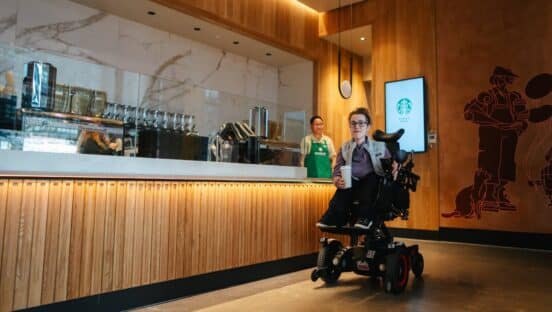Starbucks on Friday announced new store design standards that provide better access to employees and customers with disabilities.
Called the Inclusive Spaces Framework, the guidelines will become the norm for all new and renovated U.S. stores.
“At Starbucks, we have challenged ourselves to imagine what’s possible when we take a closer look at the many ways our partners and customers interact with us and experience our stores every day,” Katie Young, senior vice president of store operations, said in a statement. “Building and scaling an Inclusive Store Framework is central to our mission of connection and will lead to greater access for all.”
Here are highlights of what Starbucks is adding to its locations:
Entrance: Shops will feature power-operated doors with a longer vertical push button and bigger clearances for entryways. Also, information will be available in multiple formats about onsite amenities, like free visual interpreting services and accessible seating options.
Paths of Travel: There will be a continuous, unobstructed path around the space, allowing people to approach, enter, explore, and exit with ease. This includes open sight lines, barrier-free pathways with visual and tactile markers, and easily understood signage in multiple languages and at varying heights and distances.
Goods and Services: Products will be accessible from varied heights and reach ranges. Additionally, stores will have aids like transcription services and digital order status screens that give updates on when an order is in process and when it’s ready. The POS system will be portable, have an adjustable angle stand for better visibility, offer voice assist and screen magnification, show images of menu items to support language diversity, and provide visual order confirmation to ensure order accuracy.
Restrooms: Bathrooms will have automated fixtures for washing and drying hands and adult-sized changing tables with adjustable heights. There will also be single-person occupancy options with clear signals when the space is in use.
Preparation and Back of House: For employees, there will be workstations with adjustable heights and reach and equipment with automation, voice assist, and adjustable multi-sensory cues. Additionally, stores will have packaging that’s easy to identify by touch or clear visual markers.
Ambience: The new design includes adjustable lighting fixtures that reduce glare and shadow patterns and sound-absorbing that reduce unwanted reverberations and background noise. This is paired with a variety of furniture options to meet several preferences.
The first iteration of this model opened in Washington, D.C., on Friday.

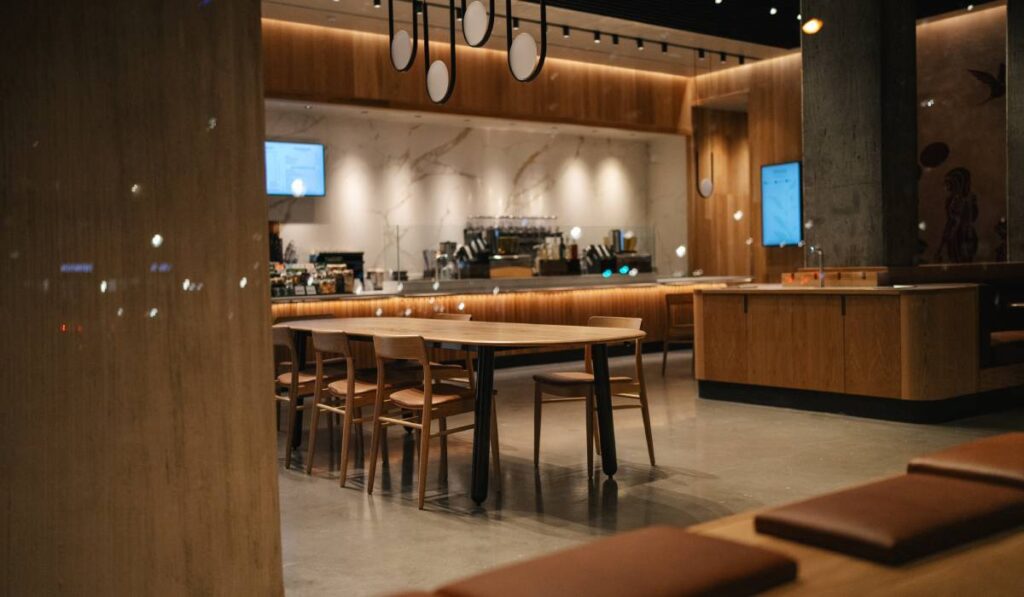
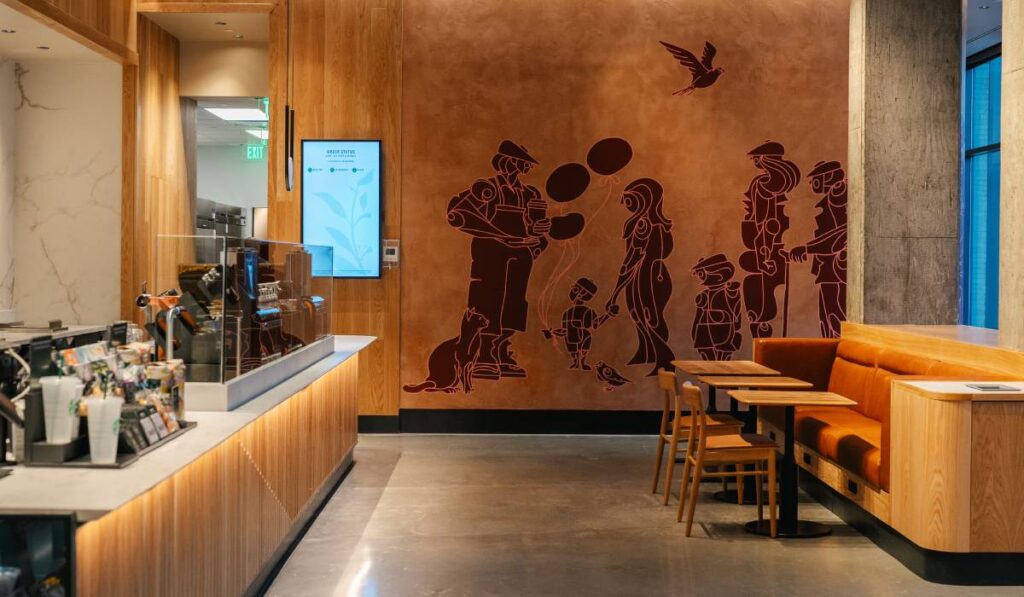
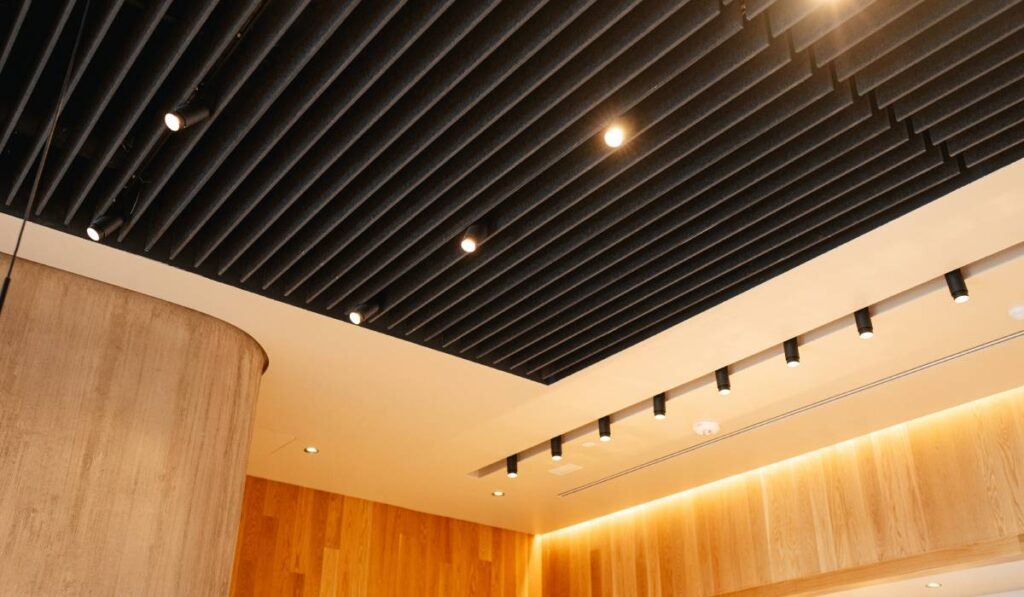
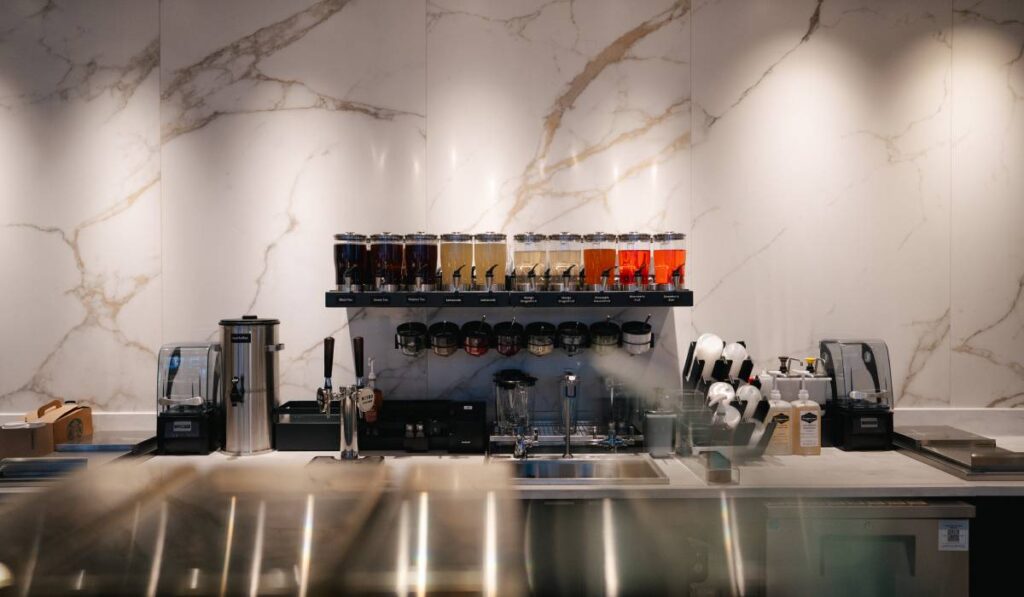
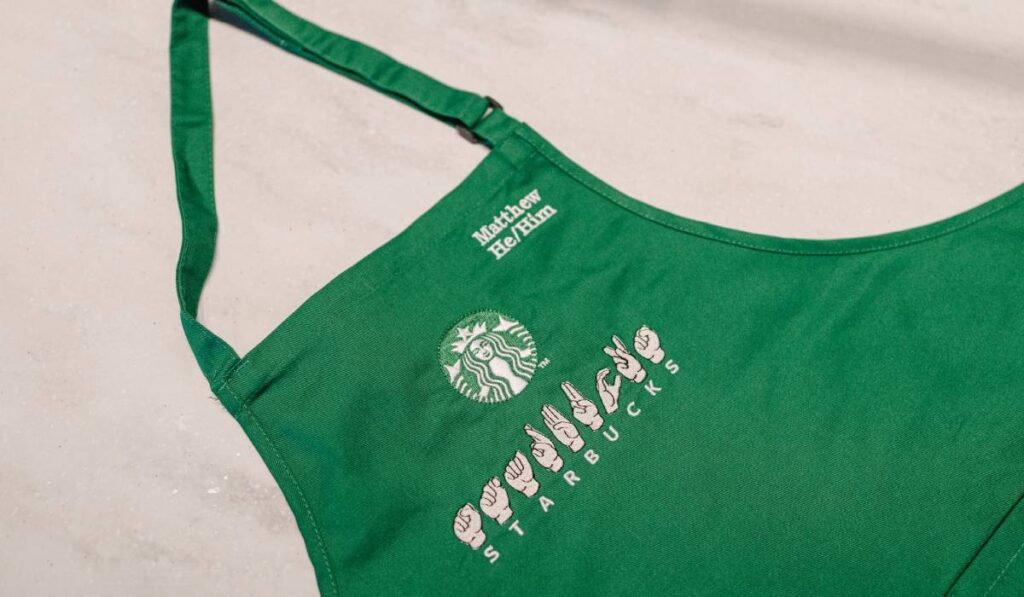
“Starbucks opening of their new store built with inclusive design elements is a big moment as we try to make retail spaces more accessible and inclusive,” Tony Coelho, a former U.S. congressman, primary author, and sponsor of the Americans with Disabilities Act (ADA), said in a statement. “We have to go beyond just what is required to put accessibility and inclusion first to ensure all people feel like they belong in community spaces.”
Fourteen percent of store-level employees have a disability. Since 2021, Starbucks has achieved a score of 100 on the Disability Equality Index. The brand has shown a history of being sensitive to the needs of everyone, including 23 Signing Stores across the world, free access to Aira services that help blind or low-vision customers navigate cafes, and a Disability Advocacy Partner Network for employees.
The Inclusive Spaces Framework will play a major role in Starbucks’ upcoming store growth plans. CEO Laxman Narasimhan said during the chain’s Q1 earnings call that the brand will grow by roughly 4 percent in the U.S. on a base of more than 16,000 shops. Company-operated locations are seeing AUVs of roughly $2 million and ROIs of about 50 percent.

